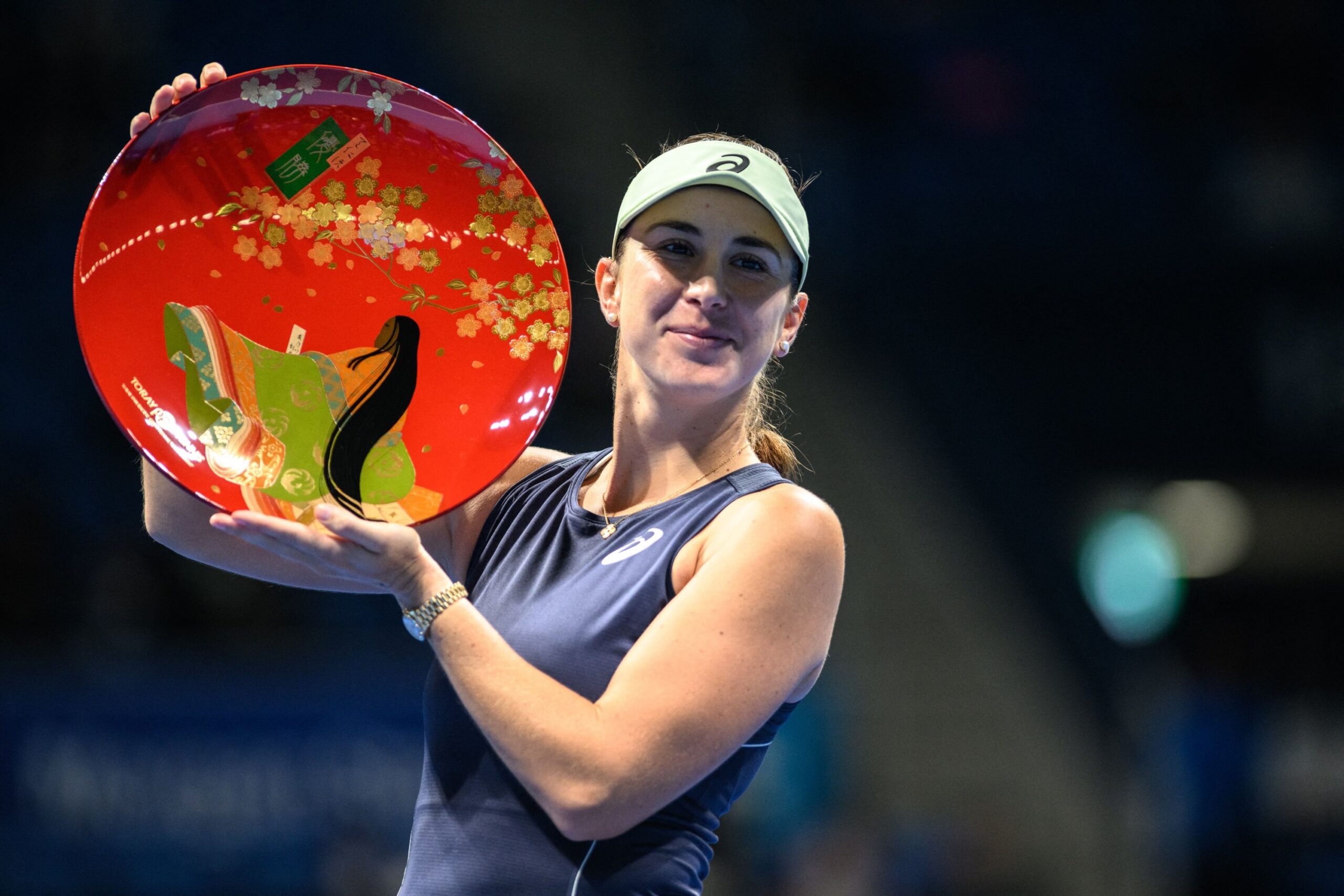From 913 to 11, Belinda Bencic’s historic rise proves resilience is a weapon

Comebacks in tennis are rarely tidy things.
They don’t arrive with cinematic music and a montage; they’re built through stubborn work, a hundred quiet matches, and a few nights when everything suddenly clicks again.
Belinda Bencic’s 2025 season has been all that and more. Her Pan Pacific Open win in Tokyo — a brisk 6–2, 6–3 over Linda Noskova — gave her a 10th career title and her second since becoming a mom.
But the headline stat is the real jaw-dropper. A rise from somewhere near the outer orbit of the rankings (No. 913, to be exact) all the way to No. 11. That’s not a rebound. That’s a reinvention.
Tokyo had everything a comeback story needs. Crisp ball-striking, numbers that pop off the page, and a venue that’s always suited Bencic’s precision-based game. She cracked 23 winners in the final and saved seven of eight break points, an almost mathematical balance of nerve and aggression.
The trophy was the proof; the underlying numbers tell the story of someone who’s rebuilt her game, body, and schedule piece by piece after maternity leave. Turning every event into a step forward instead of a roll of the dice.
The ranking jump is absurd, not just for its pace but for its scope. After her break from the tour to welcome her daughter, Bencic returned needing matches, points, and rhythm — the holy trinity of tennis rebuilding. But instead of easing back, she scheduled smartly and played hard.
Two titles this season, a steady drip of top-30 wins, and deep runs from quarters to semis have rocketed her into the top 15 and now to No. 11. That kind of climb usually takes years. She’s done it in months.
And it’s not just results. The tennis itself looks sharper.
The serve’s got more pop and reliability, her first-serve numbers are consistently high in key matches, and she’s rediscovered the movement that once made her a counterpunching nightmare.
There’s more patience in her point construction, more conviction in the finishing shot. Translation: fewer scrambles, more clean kills, fewer matches that drift away.
Still, the real shift may be the one you can’t chart on a stat sheet. Motherhood seems to have recalibrated her entire perspective. The little stuff like missed break points, bad bounces, and travel fatigue doesn’t rattle her the way it used to.
In Tokyo, those moments when the match could’ve tilted? She just steadied, executed, and moved on. There’s an unhurried confidence now that makes her wins feel less like a hot streak and more like a new baseline.
Of course, Bencic joins a lineage of comebacks worth their own highlight reels. Kim Clijsters did it. Victoria Azarenka did it. The paths and timelines all differ, but the theme holds.
Motherhood and elite tennis can not only coexist, they can amplify each other.
As the WTA season heads into its final stretch, Bencic’s name isn’t just a feel-good comeback headline anymore. She’s a contender again. And she has the receipts to prove it.






